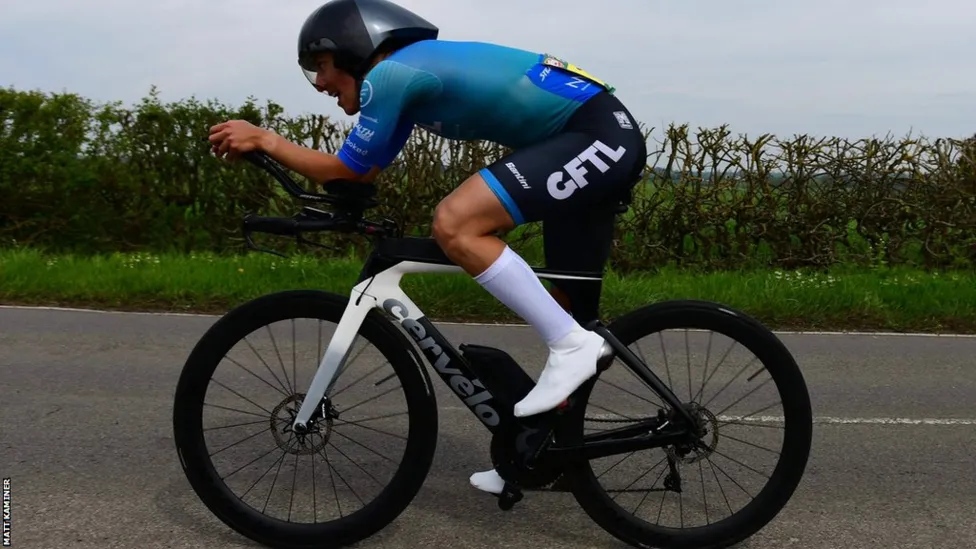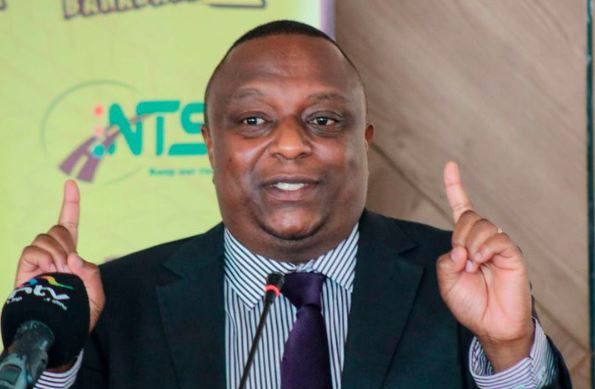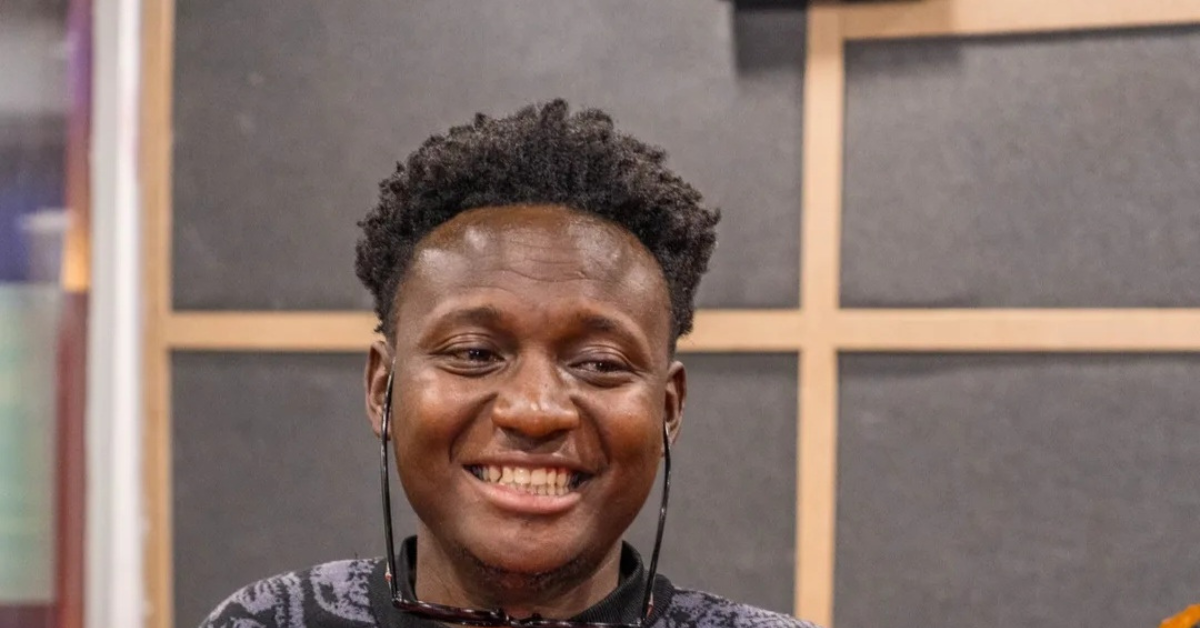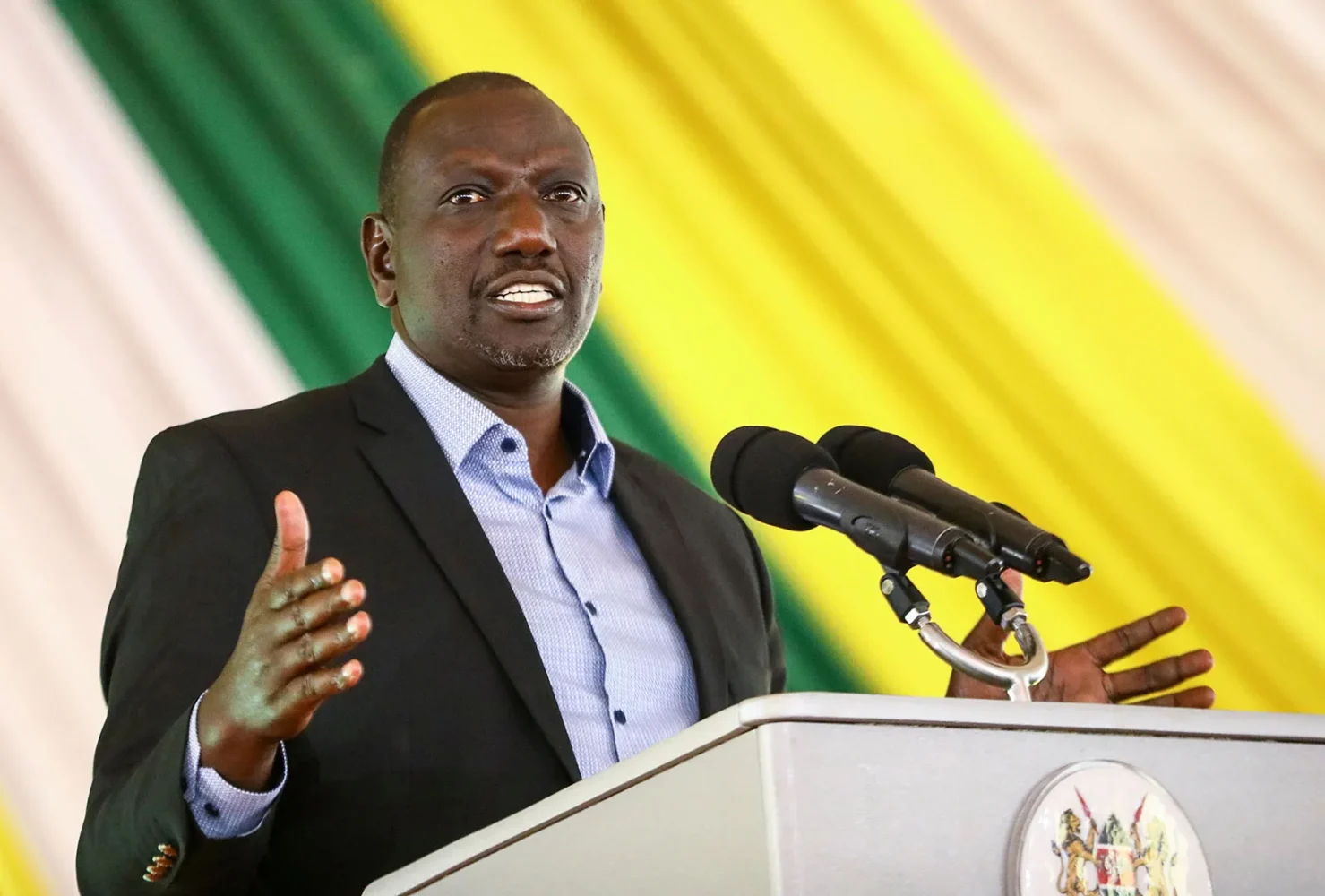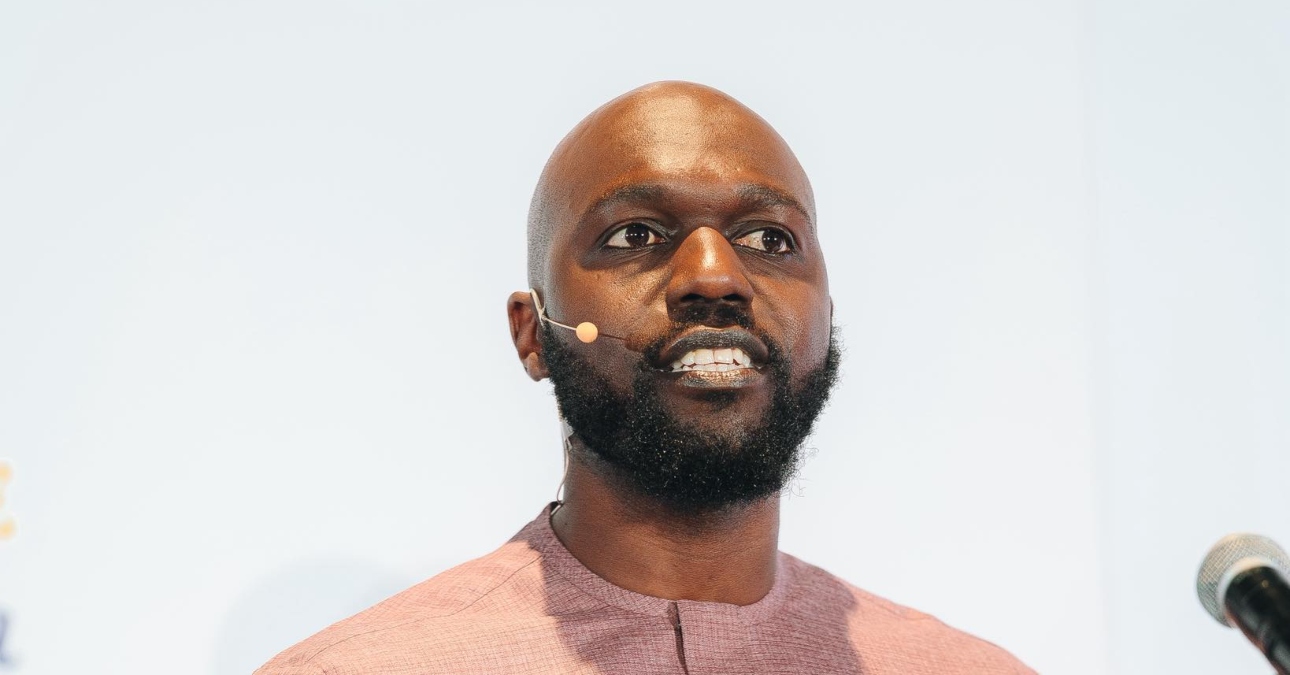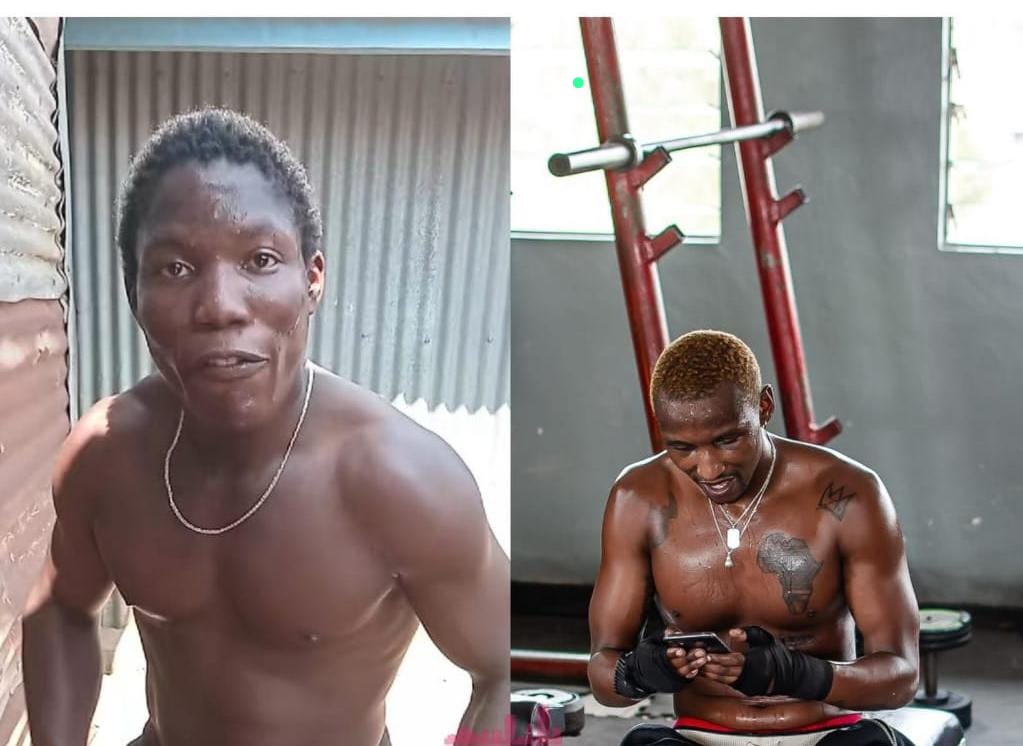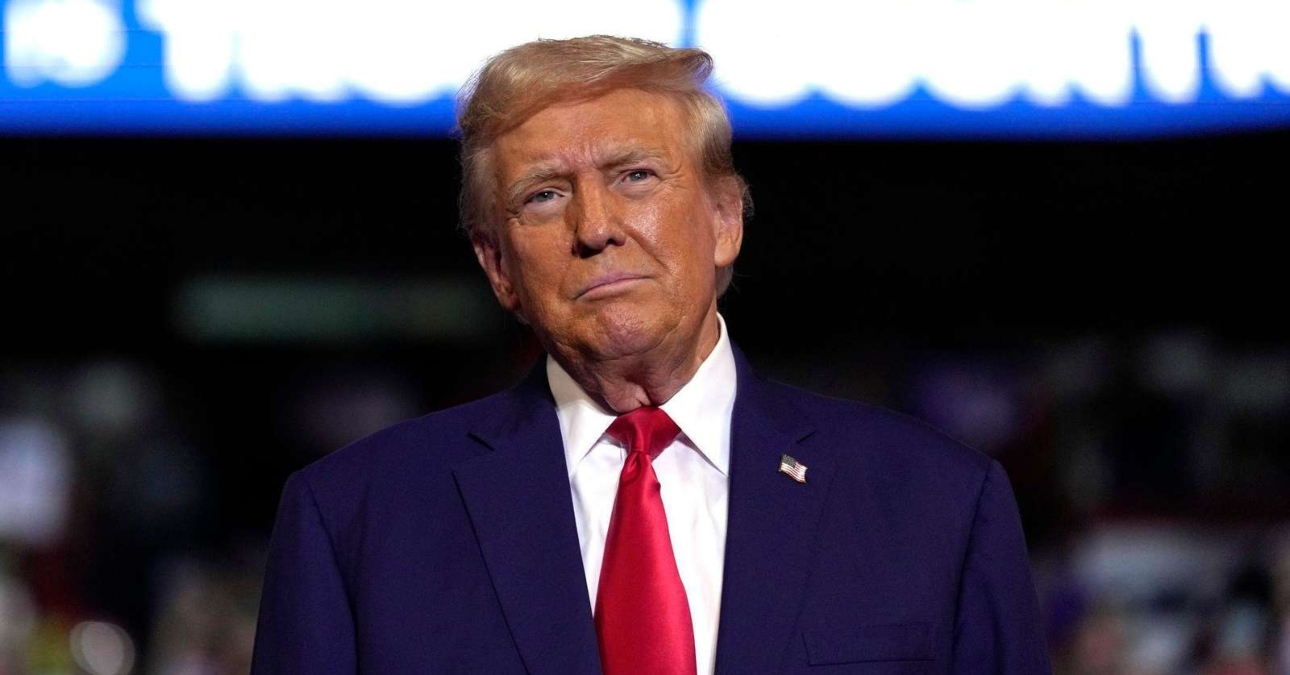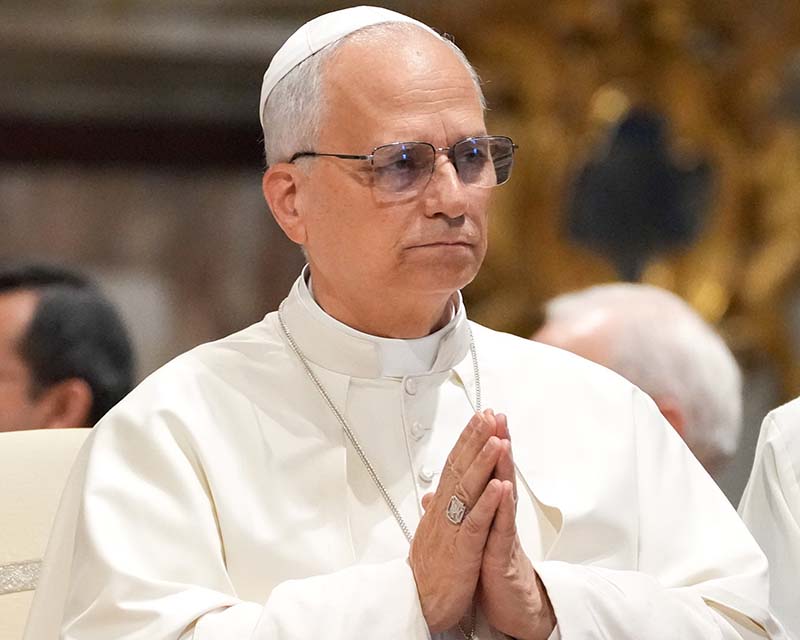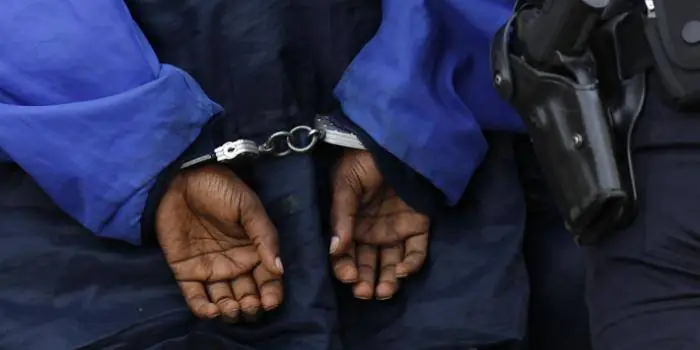Back in 2020, the United Nations (U.N), together with the World Health Organisations (WHO) identified fatalities and injuries brought about by motorcycles as a national pandemic and regional pandemic in Kenya and across the African continent.
In 2022, the WHO and other partners launched an updated manual to help policy makers end the scourge of road traffic deaths and injuries involving motorcycles and other powered two- and three-wheelers.
At the time, global statistics showed that nearly 30% of all road crash deaths involve powered two- and three-wheeled vehicles, such as motorcycles, mopeds, scooters and electrical bikes (e-bikes), and the numbers were rising.
With data painting a grim picture, it called for different stakeholders and governments across the continent to come together and device ways to curb two- and three-wheeled vehicles accidents, with close attention paid to motorcycles.
Wearing helmets, the silver bullet
“We would like to see how best we can achieve behavioural change across the board, so that riders and passengers can naturally adhere to the regulation of wearing a helmet, without being forced,” Njao tells TV47 Digital.
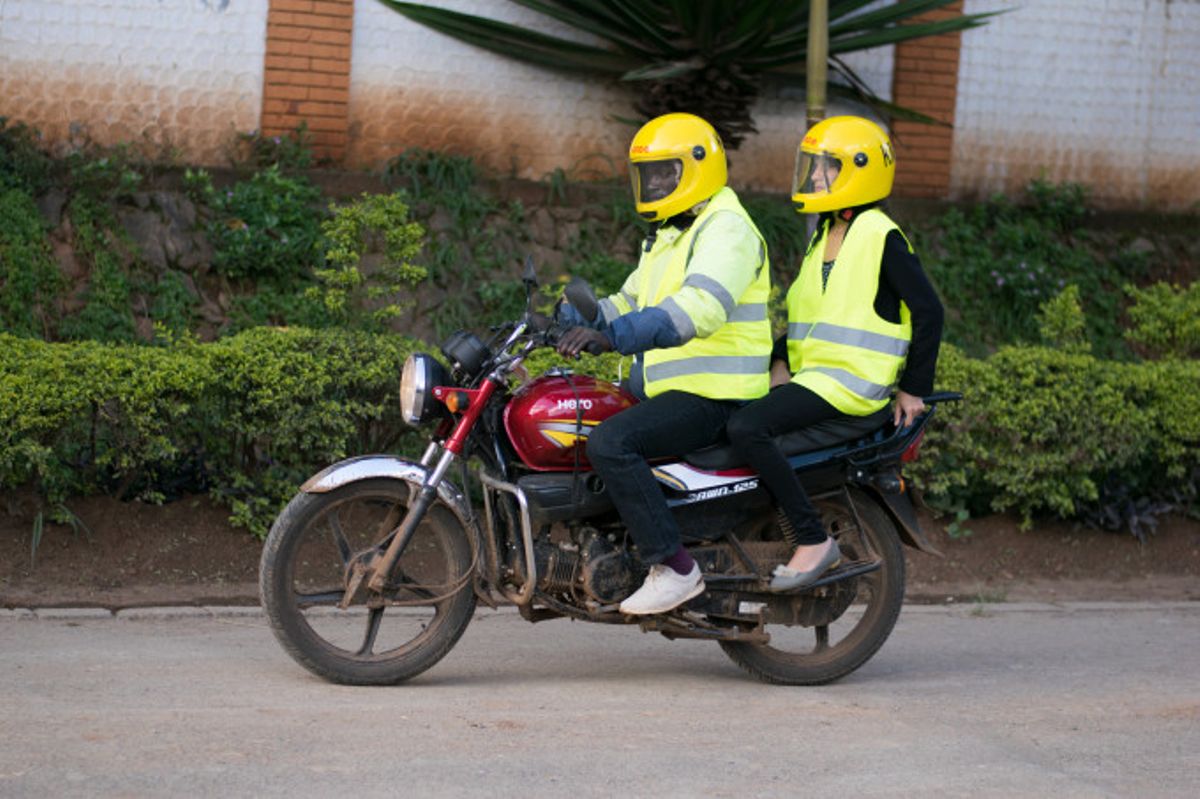
According to Kenya’s National Transport and Safety Authority (NTSA) Director General George Njao, an assessment to trace the commonality of motorcycle accidents in Africa pointed to one silver bullet solution—behavioural change among both riders and passengers, with focus on having motorcycle users judiciously wear helmets.
Both the Traffic Act and the National Transport and Safety Authority (NTSA) Act stipulate that “A person, including a passenger, shall not ride on a motor cycle of any kind, class or description without wearing a helmet and a jacket that has reflectors.”
More so, regulations dictate that a person who rides a motorcycle shall provide a helmet and a jacket that has reflectors to be worn by the passenger, and shall carry only one passenger at a time. Helmets reduce risk of serious brain injury and death during accidents.
We want to make sure that every motorcycle that is sold must have at least two helmets. So we are working with KEBS to make sure that the helmets that are sold or given to riders meet both the International Standards and the UN Standards as well,” he adds.
And when it comes to Kenyans wearing helmets judiciously, the NTSA boss draws inspiration from the COVID-19 pandemic when people wore masks at all times. “Did anybody have to tell you to wear a mask? So why did you wear a mask? It was a social behavioural change, and you realised it is you to be compliant and wear a mask to avoid contracting COVID. Similarly, we would like to educate, encourage and communicate in an effective manner of the social behavioural change of wearing a helmet, not just as a fashion, but as a way of life.”
Importance of wearing helmets
In 2024, a report by the Kenya National Helmet Wearing Coalition, supported by the FIA Foundation, pointed out urgent need for a helmet testing facility to enforce standards.
According to the report, high-risk roads in Nairobi, for instance, showed just 63% of bodaboda riders and 15% of pillion passengers wearing helmets. Yet many studies have shown that a motorcycle helmet can reduce the risk of death by 42% and the risk of head injury by 69% in a crash.
Head injuries are the leading cause of hospital admission and make up more than one-third of all injuries (35%), according to the report’s analysis of records from two hospitals in Nairobi.
“In Kenya, motorcyclists are particularly vulnerable because they have limited protective equipment that could prevent major traumas in the event of a crash. Despite the burden of the problem, the vice has not received adequate attention due to unavailability of local, reliable data. We require helmets that meet international standards, and we will work together with all relevant stakeholders to ensure the safety of our motorcyclists,” Njao adds.
In a nutshell, helmets decrease the risk of fatal injuries in an accident, reduce the risk of traumatic head injuries, prevent facial injuries and disfigurement, shield your eyes from debris, as well as helping you to be more visible to other drivers.

